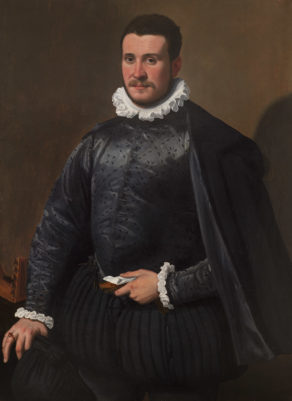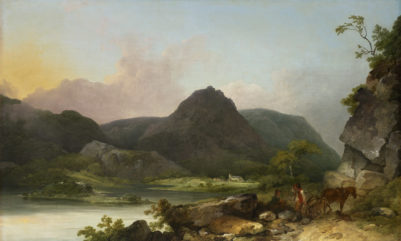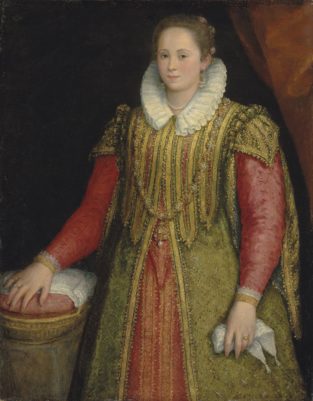
The Master of the Mansi Magdalen
The Holy Family
Provenance:
Private collection, Germany (since the early 20th century).
Private collection.
Catalogue Entry
The figure of the Virgin Mary, beautifully dressed in a robe of changeant colours with a red mantle, sits in three-quarter pose in an elaborate coloured marble and gold throne. Christ Child stands nude on her lap, only partially covered by a transparent veil. The Virgin tenderly embraces him with her right hand, while holding his left foot with her other hand. Next to them, to their right, is Saint Joseph, depicted as a bearded old man engrossed in an unidentified book, possibly a Bible. On the background is a fantastical architecture of green and white marble, which opens on the left to reveal an idyllic landscape with a countryside dwelling and verdant hills in the distance. The scene is set before a parapet covered with blue fabric, on which are arranged three still life elements, namely two cherries, a bunch of grapes and an apple.
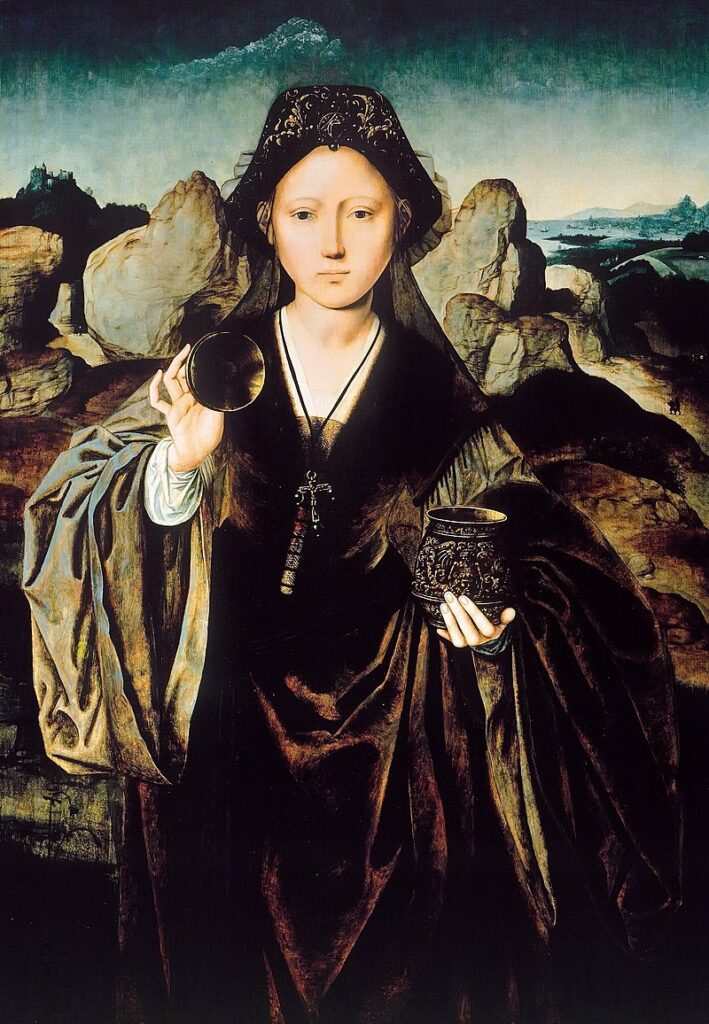
Fig. 1. The Master of the Mansi Magdalen, Mary Magdalene, oil on panel, ca. 1525, Gemäldegalerie, Berlin.
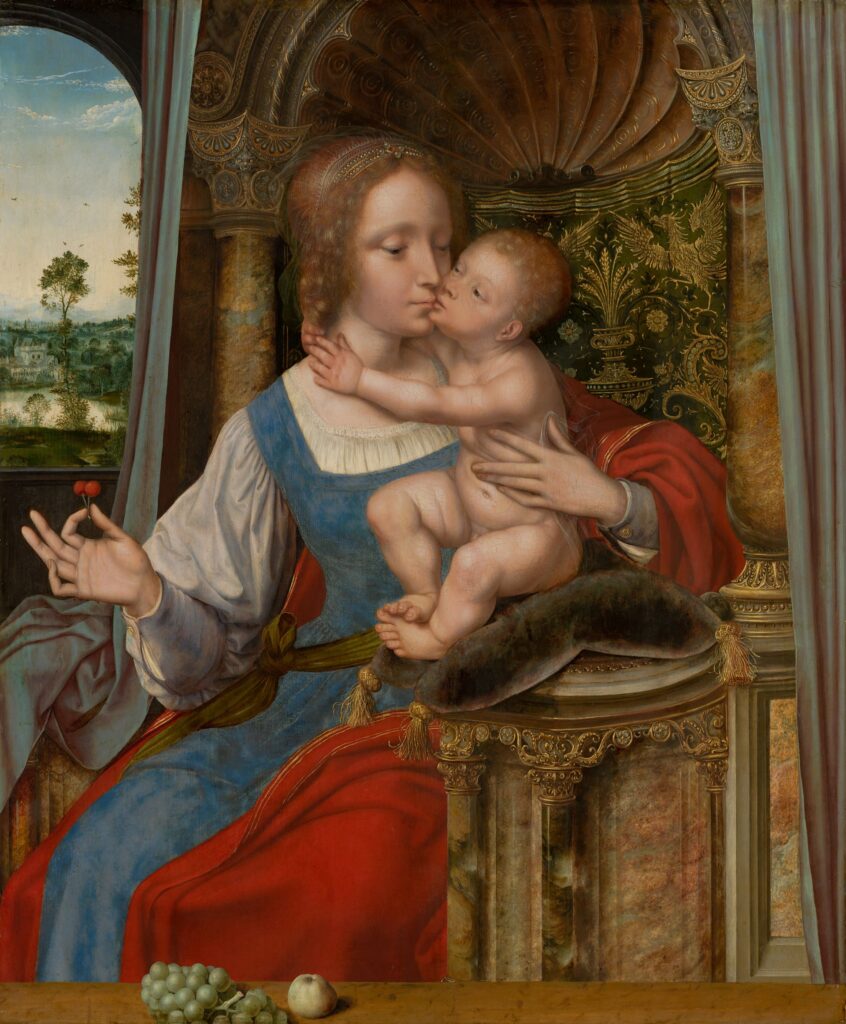
Fig. 2. Quinten Massys (and/or studio), Madonna and Child, oil on panel, 75 x 63 cm., ca. 1525-1530, Mauritshuis, The Hague.
Scholars Peter van den Brinck and Linda Jansen have recently endorsed an attribution of the present Holy Family to the so-called Master of the Mansi Magdalen, a still mysterious figure in Netherlandish art. The German art historian Max J. Friedländer first coined the term “Der Meister der Mansi-Magdalena” in an 1915 article, where he ascribed a small corpus of works to an unidentified painter active in Antwerp during the first quarter of the sixteenth century.1 Friedländer named this artist after a panel depicting the saint Mary Magdalene in the Kaiser-Friedrich-Museum (today in the Berlin Gemäldegalerie, Fig.1), which had formerly been in the collection of the Marchese Battista Mansi of Lucca and was previously attributed to Quentin Massys. Friedländer assembled the Mansi Master’s corpus of work according to some stylistic recurring elements: a narrow range of earthy colours, a tendency to frontality, unnaturally large ears and a dramatic intensity in which bulky mountain landscapes heighten the emotional quality of the figures. His list of paintings, which originally included The Salvator Mundi in a Landscape (Philadelphia Museum of Art), The Lamentation of Christ (Norton Simon Museum, Pasadena) and the Virgin and Child (The Metropolitan Museum of Art, New York), has increased over the years.2 Friedländer hypothesised that the Mansi Master could be identified with the painter Willem Muelenbroec, who registered at the Antwerp Guild of Saint Luke in 1501 as an apprentice of Quentin Massys (1466-1530), although lack of archival evidence still prevents one from affirming this with certainty. Stylistic differences within the corpus of works today ascribed to the Mansi Master allow one to think that Friedlander’s category could include more than one single painter.
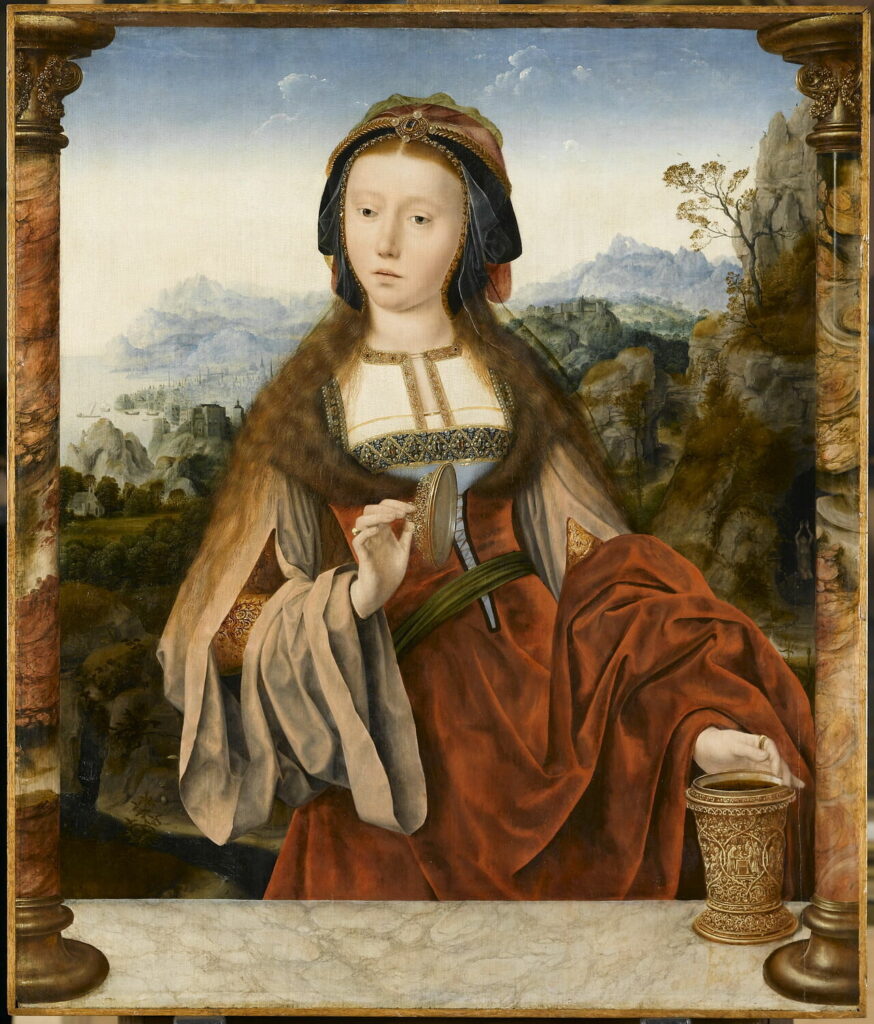
Fig. 3. Quinten Massys, Sainte Madeleine, oil on panel, 85 x 73 cm., ca. 1500-1530s, Musée du Louvre, Paris.
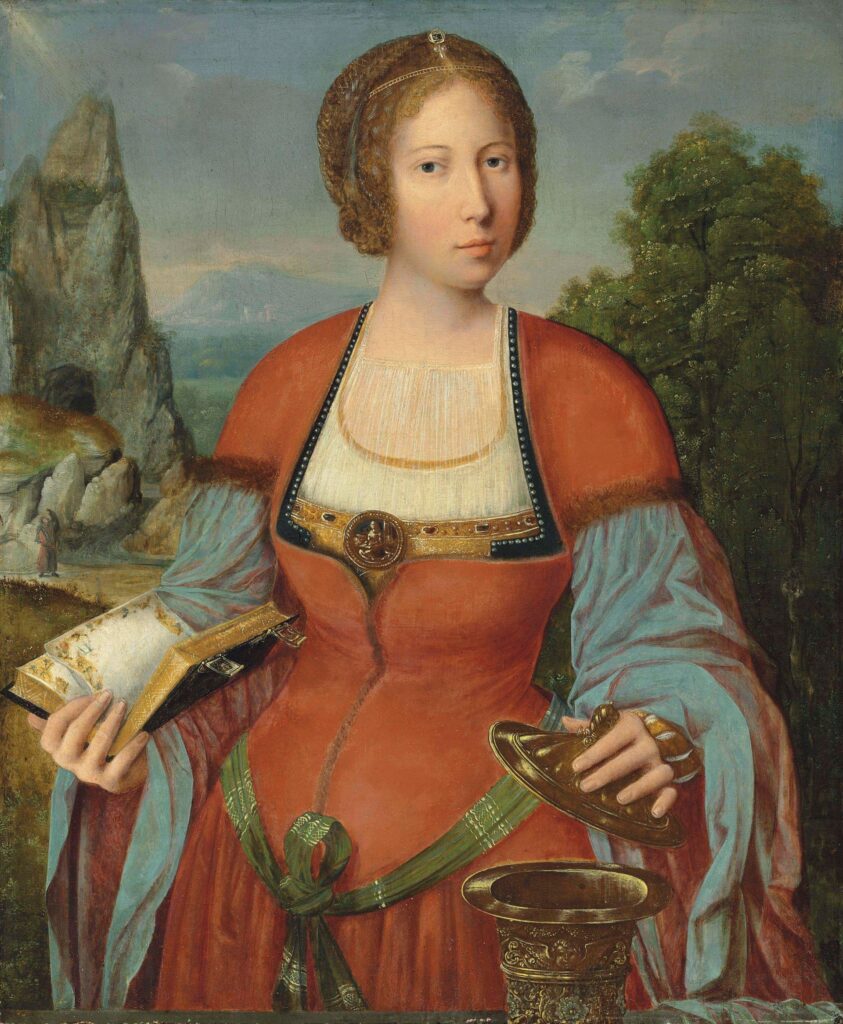
Fig. 4. The Master of the Mansi Magdalen, The Magdalene holding a Book of Hours in a landscape, oil on panel, 49.5 x 37.9 cm., Private collection.
Attribution apart, The Holy Family suggests its author’s familiarity with Massys. As was often the case in early sixteenth-century Netherlandish art, it was common for pupils to repeat or reinterpret their masters’ compositions, in particular those that were appealing to the workshop’s clientele. The composition of the present work is reminiscent of The Madonna of the Cherries, which Massys painted in the 1520s and is now known through a number of workshop versions, including the one in the Mauritshuis in The Hague (Fig. 2). The two paintings share a similar three-quarter placement of the Virgin, a fantastically ornate Renaissance-like throne – a favourite element of Massys – and a parapet displaying similar fruits. The dependence of the Mansi Master from Massys’ models is suggested, for example, by his painting of Mary Magdalene (Fig. 3), which is comparable to Massys’ Sainte Madeleine (Musée du Louvre, Paris, Fig. 4) in terms of both iconography and composition. The present panel also allows for a comparison with the work of Bernard van Orley (between 1487 and 1491–1541), who belonged to the group of Italianizing Flemish painters called the Romanists, who were influenced by Italian Renaissance painting.3 The classicizing marble architectural elements, the gilded putti-like decoration, as well as the Italianate figure of Joseph bring to mind details in works by van Orley, such as his La Sainte Famille in the Louvre (Fig. 5) and Christ disputing with the Doctors (Burghley House Collection, Lincolnshire, UK, Fig. 6).
Various elements in The Holy Family also recur in works by Joos van Cleve (1485-1541), with whom the Master of the Mansi Magdalen was probably familiar. Indeed, he possibly derived the motives of the landscape view behind Joseph and the upright Christ from a group of van Cleve’s works of the same subject (Fig. 7 and 8).4
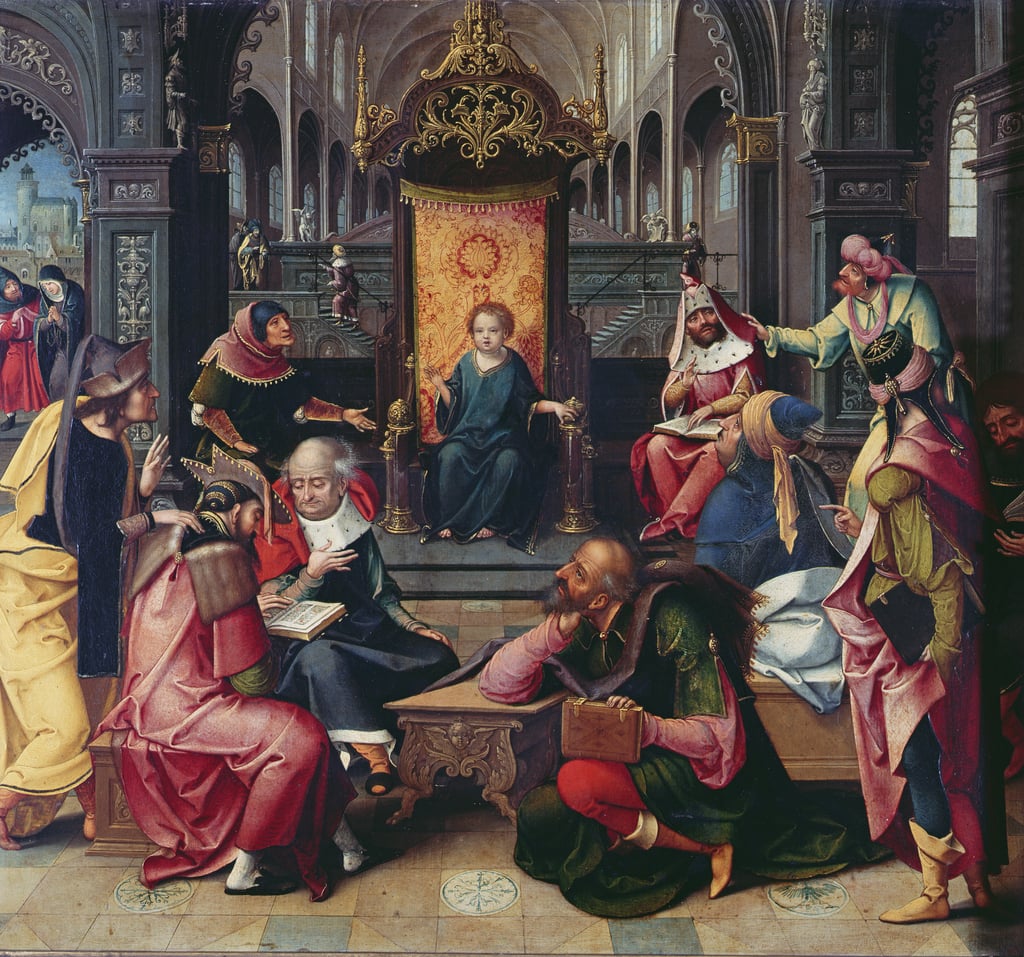
Fig. 6. Bernard van Orley, Christ disputing with the Doctors, oil on panel, 63.5 x 72.5 cm., Burghley House Collection, Lincolnshire, UK.

Fig. 5. Bernard van Orley, La Sainte Famille, oil on panel, 107 x 89 cm., 1521, Musée du Louvre, Paris.
The subject of the Holy Family was particularly popular in the early sixteenth-century Netherlands, being sought after by local and foreign well-to-do burghers, who were major buyers of small and medium size religious paintings for private devotion. The precedent for the iconography of the Holy Family is to be found in Jan van Eyck’s famous Lucca Madonna, which set the trend for the majority of subsequent paintings of the same subject. At the end of the fifteenth century, the figure of Joseph, usually relegated to subsidiary roles in narrative scenes, started to appear in such devotional paintings with an increasingly relevant role. Van Cleve is considered to have played a key part in spreading the theme of the Holy Family in the Netherlands,5 possibly inspired by the writings of Jean Gerson (1363–1429) – chancellor of the University of Paris and Dean of Sint-Donaaskerk in Bruges during the fourteenth century – who advocated that the Holy Family was an earthly version of the Trinity.6 The introduction in 1479 of the feast of Saint Joseph in the liturgical calendar contributed to the saint’s increase in popularity, as did the publication in around 1490 of the Histoire van den heiligen – the first account of Joseph’s life in the Netherlands – and, in 1522, of the scholarly treatise Summa de donis S. Josephi by the Dominican Isidro Isolani. Joseph was elevated to a new position of earthly father, chaste husband, and protector of Christ and the Virgin.7

Fig. 7. Joos van Cleve, Holy Family, oil on canvas, 42.5 x 31.5 cm., The State Hermitage Museum, Saint Petersburg.
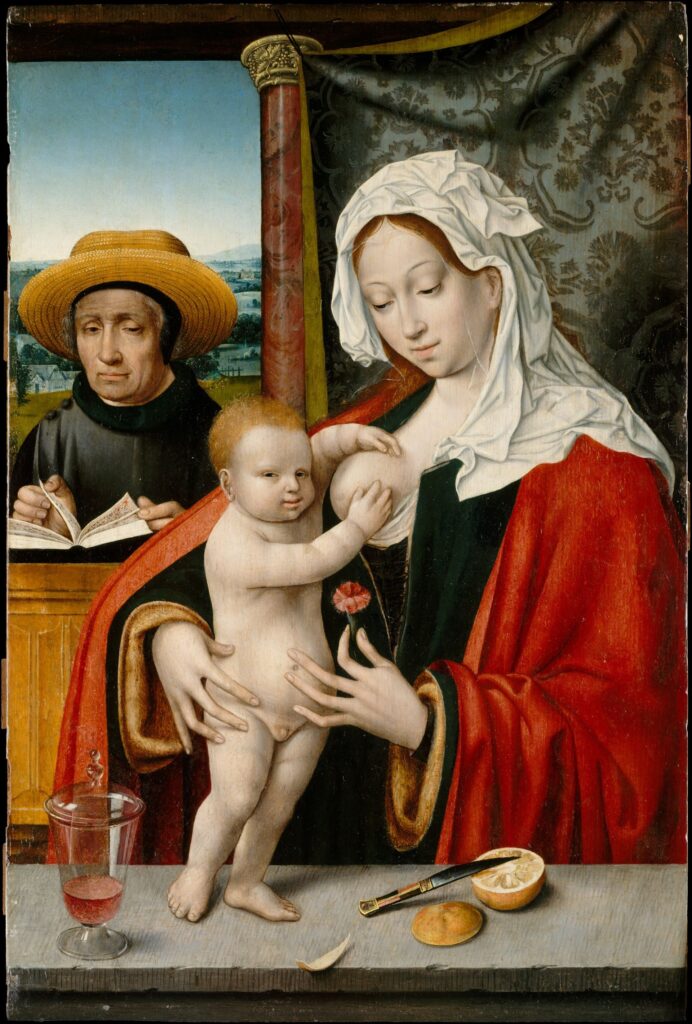
Fig. 8. Workshop of Joos van Cleve, The Holy Family, oil on oak panel, 55.4 x 37 cm., possibly 1527-1533, The Metropolitan Museum of Art, New York.
In these two treatises, Joseph is characterised by his humility and devotion. These traits seem to be underlined in the present painting by the saint’s melancholically contemplative state and assorted reading of the sacred scriptures. A similar sense of humanity seems to also characterise the tender embrace between the Virgin and Christ Child, who leans towards his mother’s cheek as if to kiss her. Such a delicate sense of intimacy of family life much appealed to contemporary viewers, as did the finely detailed still life elements in the foreground, which testify the incipient stages of a new genre that would come into its own by the seventeenth century. Spilling out into the viewer’s space on the foreground ledge is an arrangement of objects that are not merely still lives, but symbolic references to Christ’s incarnation and the redemption of man: the grapes signify the Eucharist, the cherries stand for Paradise, while the apple recalls Christ’s role as the new Adam and redeemer of original sin. These objects created a liturgical and devotional meaning beyond the domestic scene, and were intended for the meditation and contemplation of the viewer.
1 Max J. Friedländer, "Der Meister der Mansi-Magdalena," in Jahrbuch der Königlich Preuszischen Kunstsammlungen 36, (Berlin: 1915), pp. 6-12. 2 An updated list of works attributed to the Master of the Mansi Magdalen can be found in Max J. Friedländer, Early Netherlandish Painting. Quentin Massys, Vol. VII (Sijthoff: Leyden, 1967), pp. 71-72, although additional paintings have been attributed to the artist in more recent times (e.g., The Rest on the Flight into Egypt in the Walters Art Museum). 3 James Snyder, Northern Renaissance Art, (New York: Abrams, 1985), pp. 426-427. 4 Scholarly consensus identifies the standing Christ Child as part of a later development of the Holy Family theme, as envisaged by van Cleve’s studio. The presence of a drawn model, used to replicate the upright figure of Christ, was noted by Wolff in Martha Wolff in The Robert Lehman Collection. Vol. 2, Fifteenth- to Eighteenth-Century European Paintings (New York, 1998), pp. 102-103. 5 See John Oliver Hand, "Joos van Cleve’s Holy Family," in Currier Museum of Art Bulletin, 1989, pp. 4-25. 6 From van Eyck to Bruegel. Early Netherlandish Painting in The Metropolitan Museum of Art, (New York: Abrams, 1999), p. 248. 7 For a more detailed study on the development of the iconography of Joseph in Netherlandish art, see Marjory Bolger Foster, “The Iconography of Saint Joseph in Netherlandish Art 1400-1500,” Ph.D. thesis, University of Kansas, 1978.
Condition:
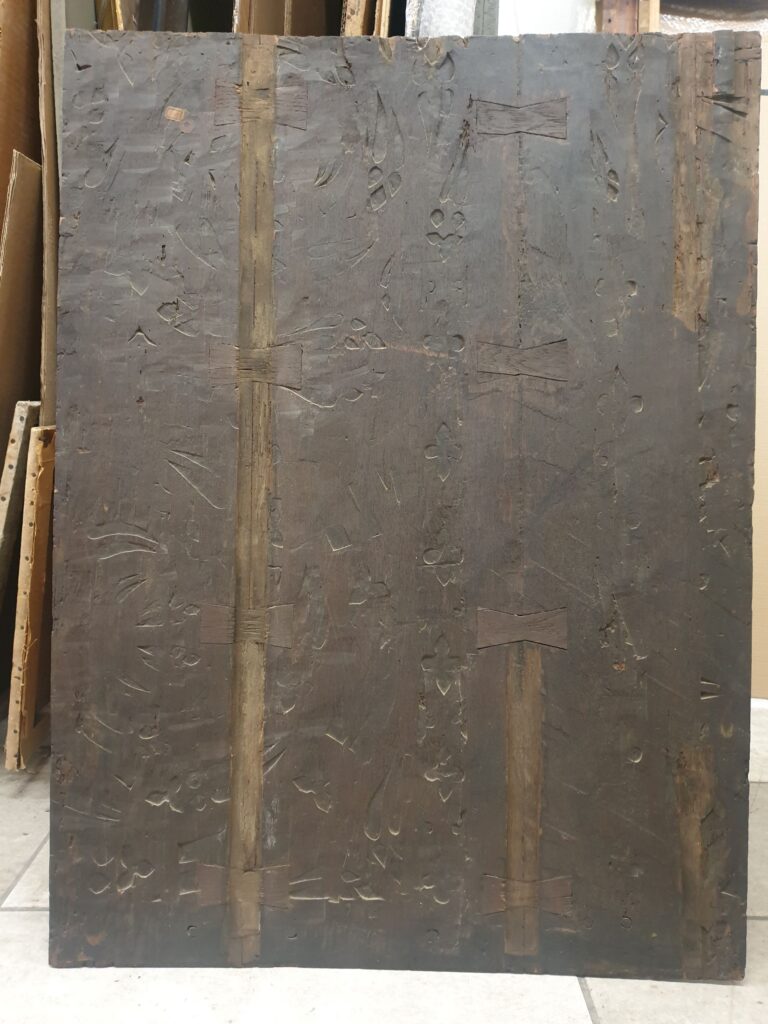
Fig. 9. Reverse of The Holy Family.
The Holy Family is painted on three vertical oak boards aligned longwise. Analysis of their tree-ring sequences provided a date and provenance for all three of them. The results indicate that these were eastern Baltic boards derived from three different trees, with a latest heartwood ring of 1398. Allowing for the likely amounts of missing sapwood, the original use of this panel occurred between ca. 1404 and ca. 1438. This means that the panels remained in storage between construction and use, or that they were reused. The latter hypothesis seems the most plausible, due to the presence of an incised pattern on the back (Fig. 9), which suggests the item was possibly used originally as a door or window shatter, or came from a decorative panel or furniture.
A professional, full condition report is available upon request.

